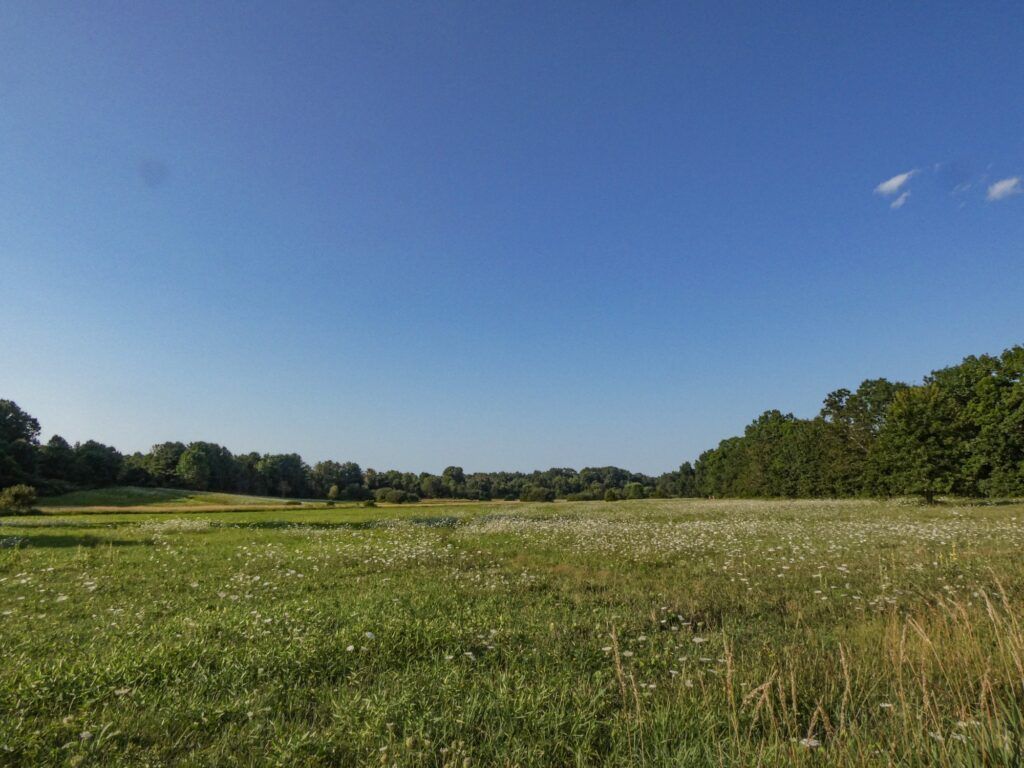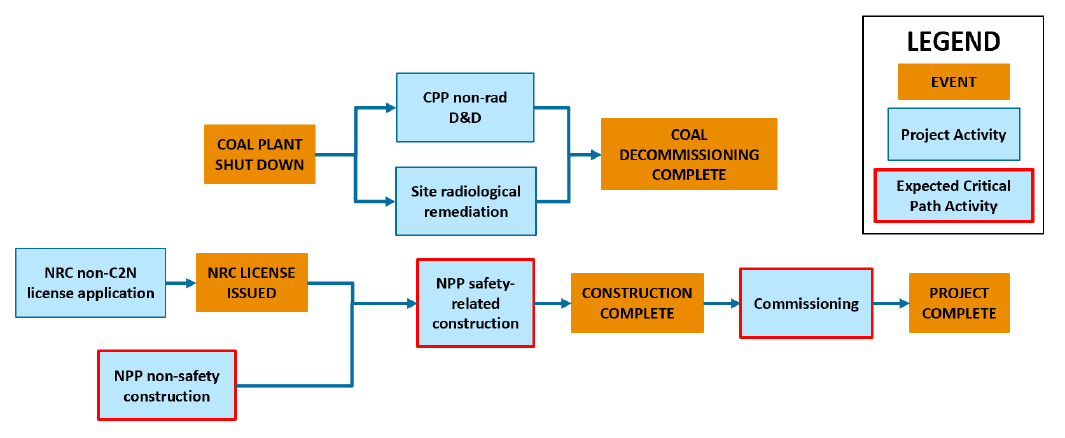
Greenfield Project
A greenfield project is the simplest type of transition project considered in the U.S. Department of Energy’s Investigating Benefits and Challenges of Converting Retiring Coal Plants into Nuclear Plants report. The term greenfield refers to facilities constructed on fields that were not previously used for commercial purposes.
For more information about the benefits of the transition to nuclear, contact Christine King, GAIN Director, at [email protected] or 650-283-4235.
What is a Greenfield Project?
The term greenfield refers to facilities constructed on fields that were, literally, green, or not previously used for commercial purposes. In a greenfield project, an owner builds a new nuclear plant on a site that has never been developed.
Because there is no existing coal power plant on the land used in a greenfield project, the only costs and schedule issues are directly related to the nuclear plant construction project.
Once completed, that nuclear power plant can replace a retiring coal plant’s lost capacity. Utilities will typically wait to shut down the coal plant until the nuclear plant is ready to begin operations. This means there is no period of reduced power supply or revenues.

Assumed project structure
The chart below details the assumed structure for a greenfield project. This structure applies to any of the nuclear reactor concepts when built from greenfield rather than brownfield, or a site previously used for commercial purposes like a coal power plant. They differ in their construction cost and schedule but not in very general structure.

